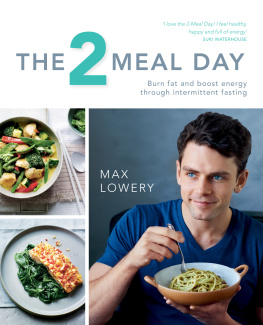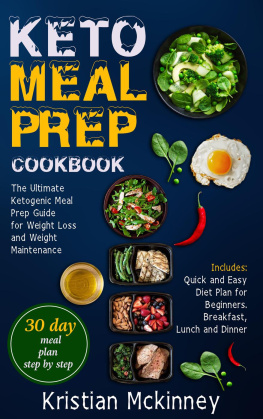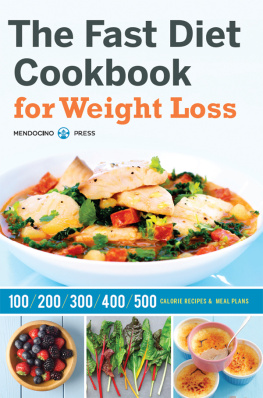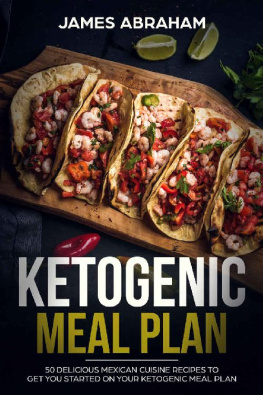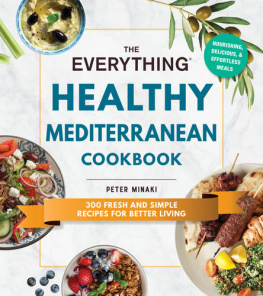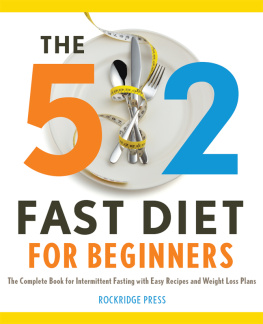Contents
Guide

CONTENTS
HOW TO USE THIS EBOOK
Select one of the chapters from the and you will be taken to a list of all the recipes covered in that chapter.
Alternatively, jump to the to browse recipes by ingredient.
Look out for linked text (which is in blue) throughout the ebook that you can select to help you navigate between related recipes.
You can double tap images to increase their size. To return to the original view, just tap the cross in the top left-hand corner of the screen.


I started intermittent fasting (IF) completely unintentionally while travelling through South America. I was trying to live as cheaply as possible, so I only ate one massive meal a day at the same time as training hard and going on 68-hour hikes up mountains at least once a week. When I got home I weighed myself: 80kg; 6 per cent body fat; 72.8kg muscle mass. Id lost an incredible 7kg, yet I was more muscular than I had ever been. I then returned to my normal routine, however, eating three big (low-carb) meals a day, which meant I quickly put the weight back on. I have never had any problems building or maintaining muscle but I just wasnt as lean as I was when I was away.
Without realising it, in South America I had been following a type of IF. Intermittent fasting just means breaking up your day or week into eating and non-eating periods. By eating one meal a day I was fasting for up to 20 hours. After further research I decided to experiment with a daily fast, which I called the 2-Meal Day (2MD). I skipped breakfast and ate just lunch and dinner, so that I was fasting for 16-18 hours every day. I found the 2MD the simplest, most effective way to lose weight and reap the many benefits of fasting no calorie counting, obsessing over when to eat or feelings of deprivation: the two meals I did eat were big and very satisfying.
Initially, I thought that this way of eating would be a struggle. I was someone who always needed to eat breakfast and used to think my whole world would collapse if I didnt have my eggs in the morning. However, it was surprisingly easy and within a few days Id really got into the swing of it.
Almost effortlessly and very quickly I became leaner and visibly lost body fat without losing any muscle mass. To my surprise I was actually less hungry than before. I stopped constantly thinking about my next meal or worrying if I wasnt going to have time to have breakfast or lunch. An added bonus was that as well as time, I was saving money as I was no longer buying a substandard, unsatisfying breakfast grabbed from whichever sandwich shop was nearest.
The most useful benefit I discovered (aside from fat loss) was the stabilisation of my energy levels. Digestion actually takes up a lot of energy, and by fasting and freeing that up, you can get a real buzz. Before the 2MD I would start crashing between breakfast and lunch (even with a low-carb diet). Now my energy levels are constant all day, even without any caffeine.
As a personal trainer I regularly have back-to-back clients from 7am to 4pm. My fellow trainers think I am crazy when they find out I dont have breakfast before work, but with the 2MD I dont once think about food or feel tired during the sessions.
My clients who have tried the 2MD using my online plans have had great results, not only with weight loss, but also giving them back control over their own bodies. They no longer feel hungry all the time or spend time constantly thinking about their next meal.
NO CALORIE COUNTING, OBSESSING OVER WHEN TO EAT OR FEELINGS OF DEPRIVATION
This way of eating restores the body to its natural state burning stored body fat for energy. We are naturally fat burners, but because fat is essential for our survival, our body will choose to burn the sugars from food if we are constantly eating. This is a reminder of how our bodies havent really changed since we were hunter-gatherers. On the rare occasion there would be a surplus of food, our bodies would cling on to our fat reserves in preparation for harsher times. Only when there was a lack of food would we start burning that stored energy. Now there is a constant supply of food, but our bodies havent adjusted to this new environment, and we still cling on to our fat reserves in preparation for the next difficult period.
Following the 2-Meal Day effectively tricks your body into thinking there isnt any food available, so you start burning stored body fat for energy. Thats not all though, hormones are then released to make you better at catching your next meal, your energy levels and mental alertness increase, coordination and body movements improve and you stop feeling hungry.
After four years following the 2MD I am stronger, leaner, faster, healthier, richer and more efficient than Ive ever been. The 2MD is not just a diet, its a lifestyle that has become a crucial part of my health and fitness journey.
I truly believe that intermittent fasting is the missing link in our overall health and wellbeing, and the 2MD is the simplest, most effective method to reap the rewards. Its my goal to share my method with as many people as possible!


CHAPTER 1
WHY TWO MEALS ARE BETTER THAN THREE
After four years of experimenting with different methods of intermittent fasting, I have come up with the simplest, most effective way to burn fat, boost energy and banish hunger: no calorie counting, obsessing over eating windows or feelings of deprivation just two meals a day. You will eat two meals and one optional healthy snack in between those meals every day.

WHAT IS INTERMITTENT FASTING?
Intermittent fasting (or more accurately intermittent energy restriction) is a general term for various eating patterns that involve fasting for short periods of time. Unlike a typical weight-loss diet that restricts how much or what you eat, intermittent fasting within a 24-hour period, like the 2MD, is all about integrating periods of fasting into your day to reap the many proven benefits, including burning stored body fat for energy, feeling less hungry and improving overall health. This is slightly different to alternate day fasting, or variants such as the 5:2 diet, where fasting is restricted to specific days rather than incorporated into every day.
THE HISTORY OF EATING
The Western world has only been eating three meals a day breakfast (early morning), lunch (early afternoon) and dinner (evening) for 400 years or so. This may seem like a long time but homo sapiens (us) have been around for 200,000 years. Only in the last 10,000 years have we been cultivating the land for agricultural purposes (before that we were hunter-gatherers and had to go out and catch our food on a daily basis), and only since the Industrial Revolution in the eighteenth century has there been a more or less consistent surplus of food.

